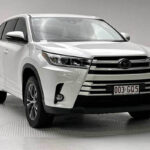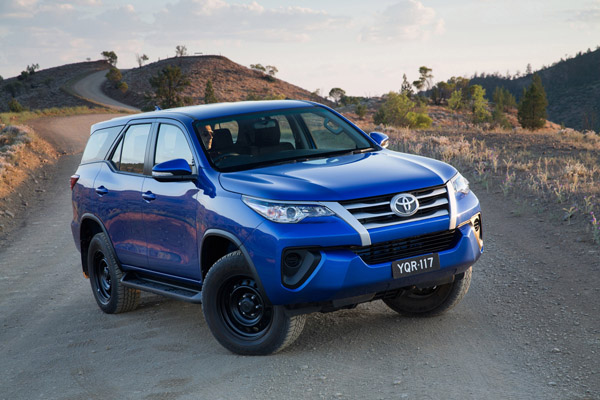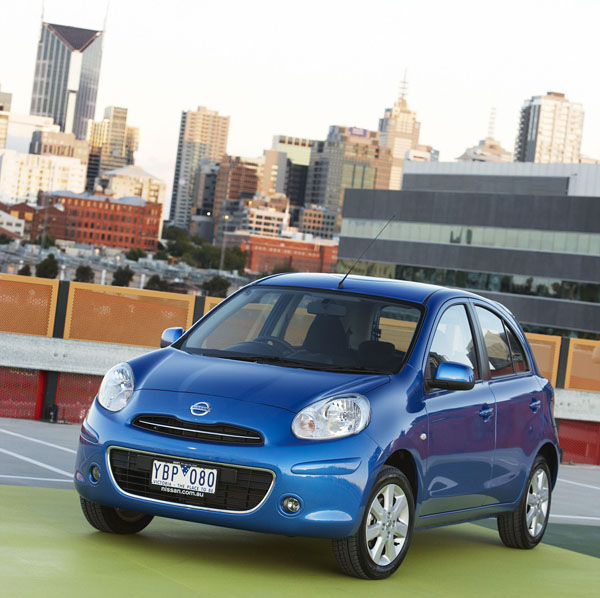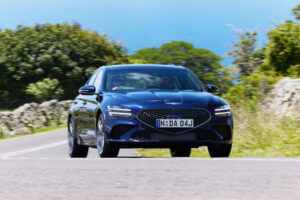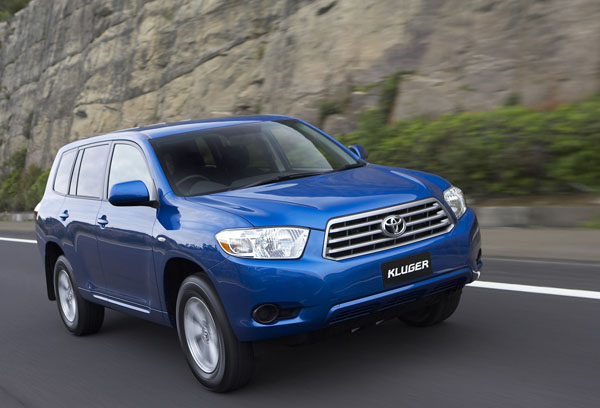
Toyota Kluger isn’t a serious off-road vehicle designed to conquer the great Australian outback. Rather it’s aimed at those looking for a medium to large station wagon to carry the family.
However, it does have a moderate off-road ability in some models. It’s probably best that you don’t test this ability unless you’ve got some mates in ‘proper’ 4WDs in your convoy and there’s a snatch-um strap in the boot.
Initially Toyota Kluger was driven by all four wheels, but a 2WD (the front wheels) was added with the introduction of the second-generation Kluger. This arrived Downunder in January 2007 and is larger and more comfortable inside. We will survey models from that period onwards.
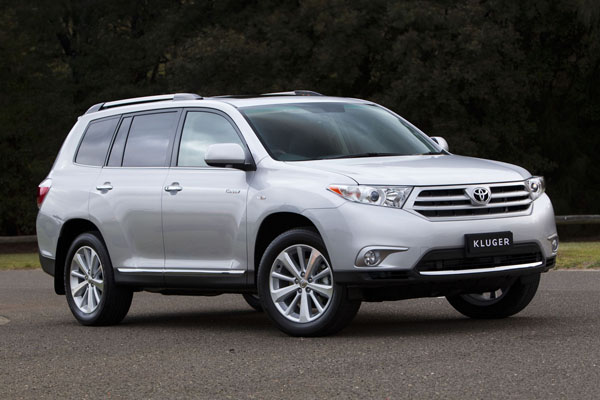
Kluger is capable of carrying seven people in most models, though it’s better that two of them are child-size in the earliest model. Some lower grade models only had seating for five.
Toyota introduced a facelifted and update Kluger in January 2010. This ran through until February 2014 when an interesting new variant arrived. Significantly larger than the previous models, it’s sold only with seven seats. Cargo space is also quite a bit larger due to the longer tail.
February 2017 saw the Kluger get a significant facelift, with all new metal and plastic panels forward of the windscreen.
All Klugers are powered by V6 petrol engines, it began with a capacity of 3.3 litres, which was enlarged to 3.5 with the gen-two Kluger in 2007. As well as having a larger displacement it had numerous improvements and is a sweet engine. However, it’s on the thirsty side as it’s powering a substantial vehicle that isn’t exactly streamlined.
The 3.5-litre V6 remained with the same capacity but major changes meant that the 2017 edition produced more power and torque, but uses less fuel. Its pleasant to sit behind with sharper response and it ‘talks’ nicely with the automatic transmission.
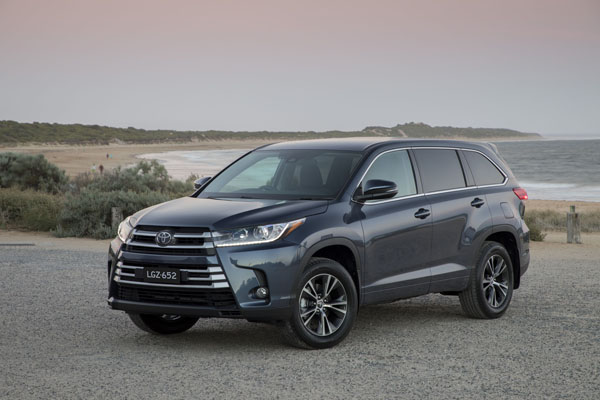
There’s no diesel option as Kruger was chiefly intended for the market in the US of A and the folks across the Pacific aren’t keen on diesels in passenger vehicles.
All Klugers have automatic transmission, again due to the American influence. These had five forward ratios until 2014, six from then and eight in the 2017 models. The eight-speed unit makes good use of the tighter ratios and answers the driver’s need for more performance by making fast downchanges.
Toyota has been number one seller in Australia for many years. So, it’s well and truly established Downunder, with representation not only in the metro areas but across this vast brown land.
Spares for the Kluger may not be held at dealerships in the remote areas in the way that LandCruiser parts are, but can generally be shipped pretty well anywhere within a few business days.
Though Klugers are big vehicles with plenty of underbonnet and under-vehicle space they are relatively complex so amateur mechanics should best limit themselves to minor servicing and repairs. A workshop manual is always recommended for all but the simplest work.
As a sensible vehicle aimed at family drivers the Toyota Kluger generally sits at the lower end of its class in insurance rates. We haven’t seen major differences in premiums but it’s always smart to shop around. However, keep in mind that a long record with an insurance company may stand you in good stead if there’s a marginal claim at any time.
WHAT TO LOOK FOR
More Klugers are used off road than its competitors in this light-to-medium duty class. Check underneath for signs of damage to the bumper lower corners, scratches on the doors and guards.
While you’re under there look for sand. If you find any, taste it for salt as it may have been charged through the edges of surf – just for fun!
There was a recall to check on the condition of a poor weld in a fuel line. Sniff around for a petrol smell though it’s almost certain the recall has already been acted on.
If the steering is very heavy it’s probably due to the power assistance not working. Again, this was the subject of a recall.
Check the engine starts easily, idles well and it doesn’t hesitate when accelerated hard, even when cold.
Listen for any untoward noises from the differentials, driveshafts and wheel hubs.
During the test drive find some decent sized bumps and potholes (a rough sealed road will suffice, but a bush track is better) and thump the Kluger over them. Feel and listen for body movement as it hits them. Some is normal, too much is a bad sign.
HOW MUCH?
Expect to pay from $4000 to $7000 for a 2007 Toyota Kluger KX-R; $7000 to $11,000 for a 2008 Grande or a 2011 KX-R; $10,000 to $15,000 for a 2011 Altitude; $12,000 to $18,000 for a 2012 Grande; $15,000 to $22,000 for a 2014 Altitude; $20,000 to $28,000 for a 2014 Grande or a 2016 GX; $26,000 to $34,000 for a 2017 GXL or a 2018 GX; $34,000 to $45,000 for a 2018 Grande or a 2020 GXL; and $38,000 to $50,000 for a 2019 Grande.
CAR BUYING TIP
Fewer and fewer SUVs are used in off-road adventures so there are plenty to choose from. Then again if there are signs off one being off the bitumen and it’s in good condition you may get it for a fair bit less.
RECALLS: To browse recalls on all vehicles go to the ACCC at: www.productsafety.gov.au/products/transport/cars/




